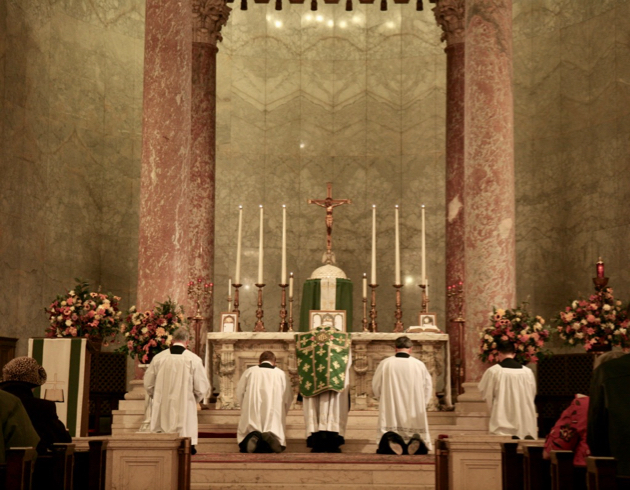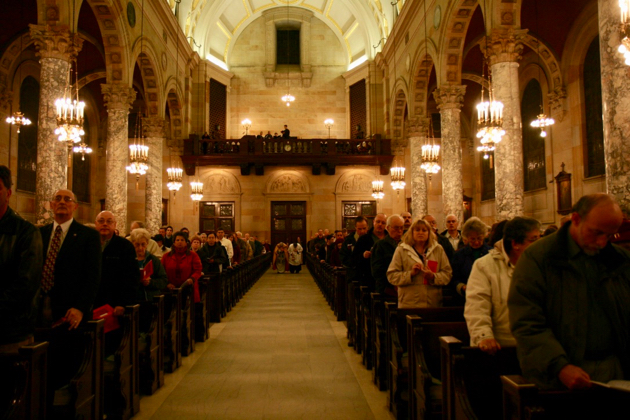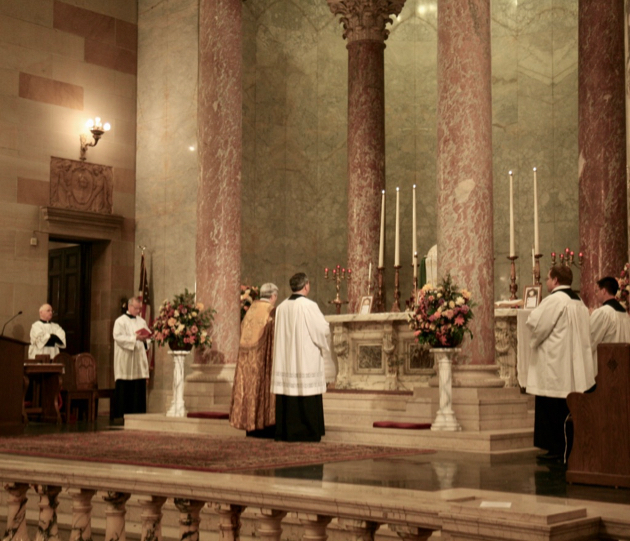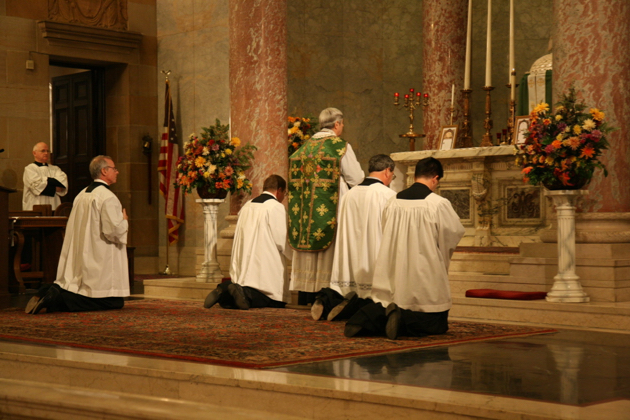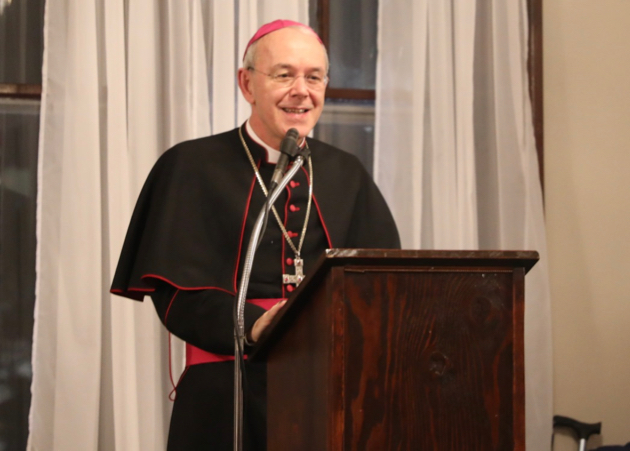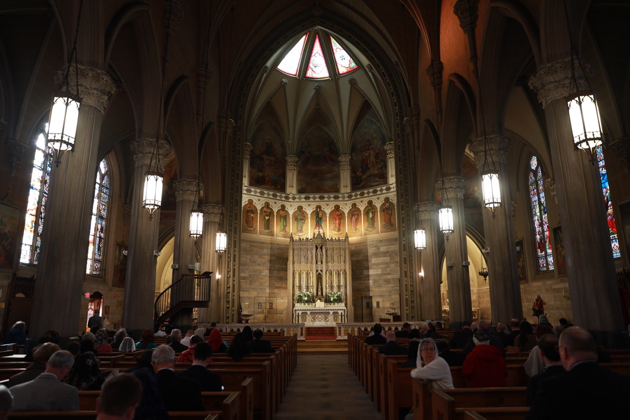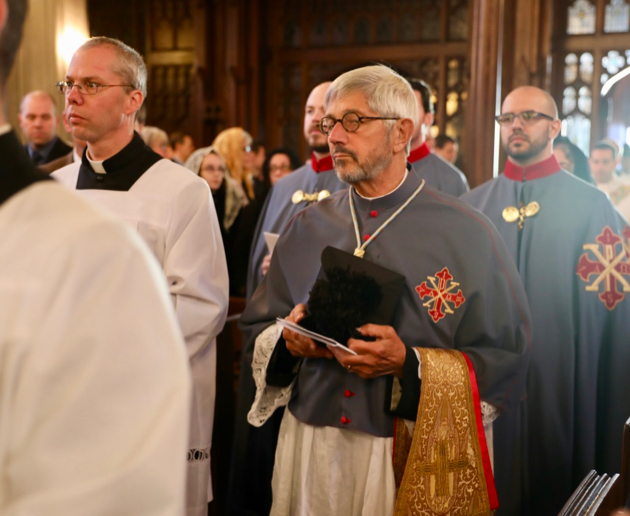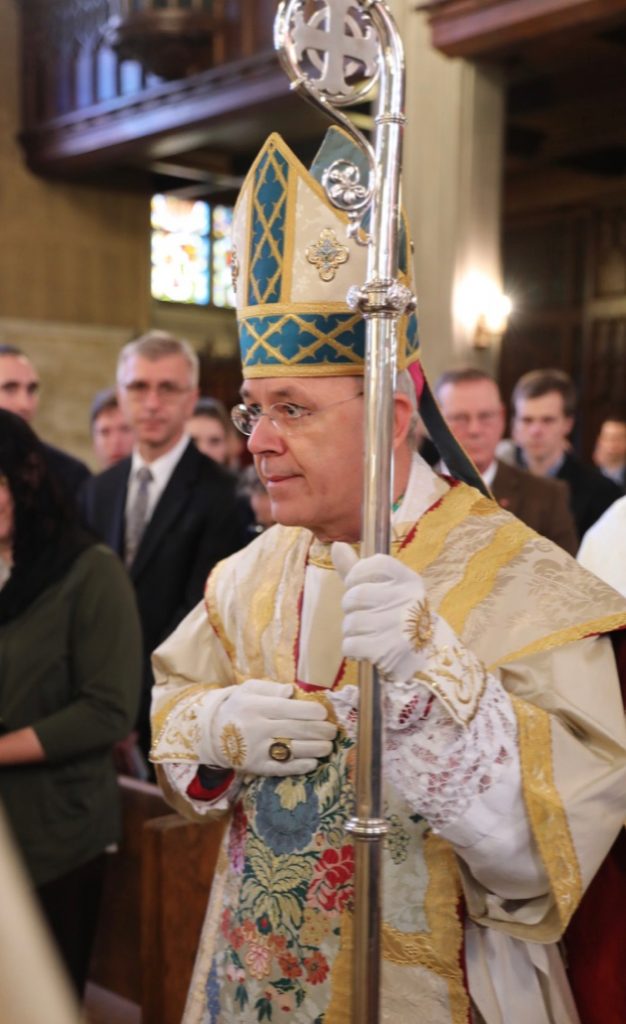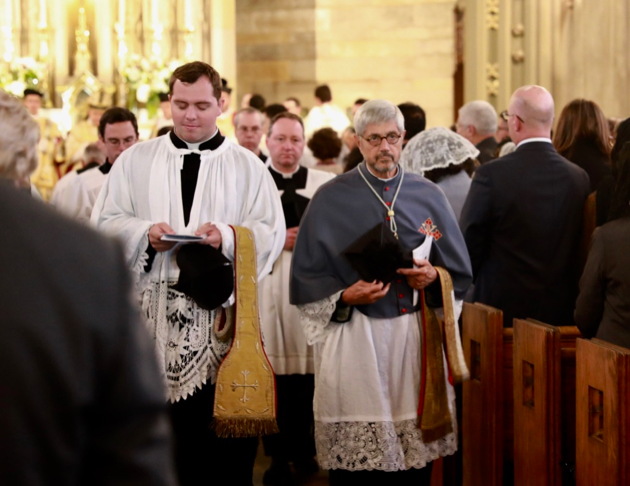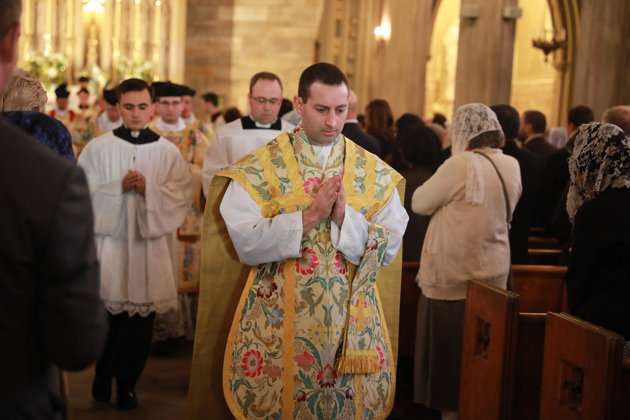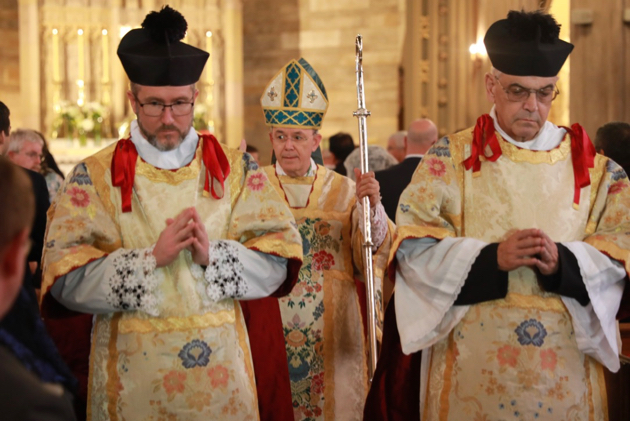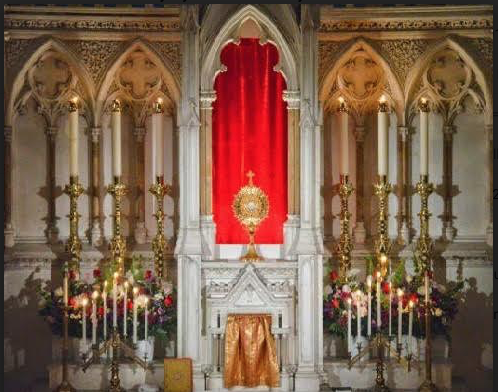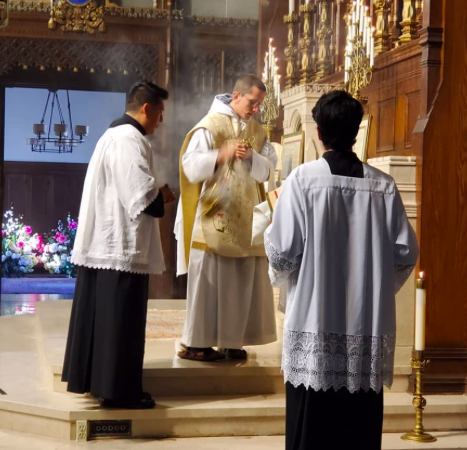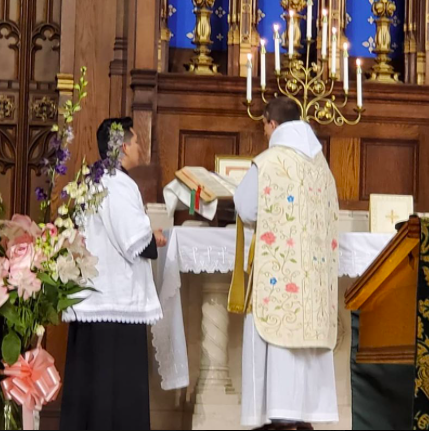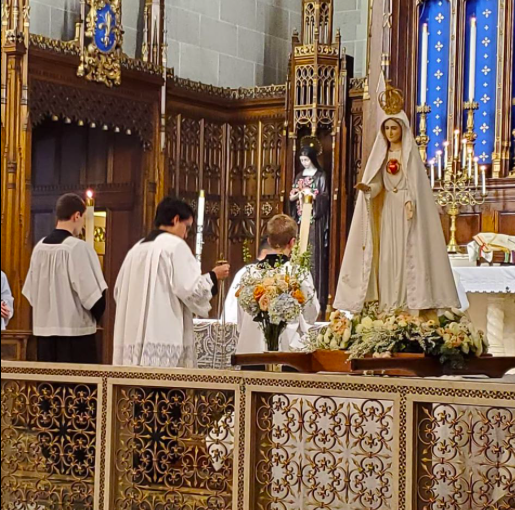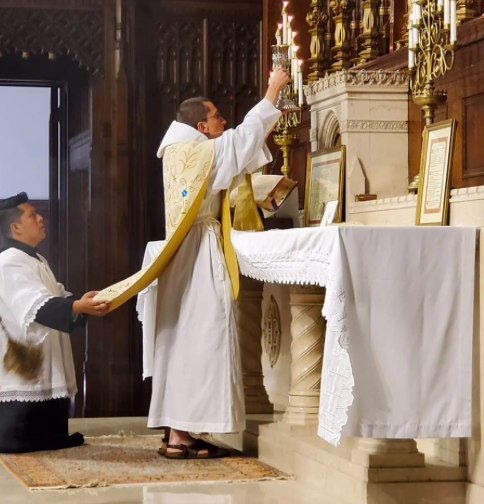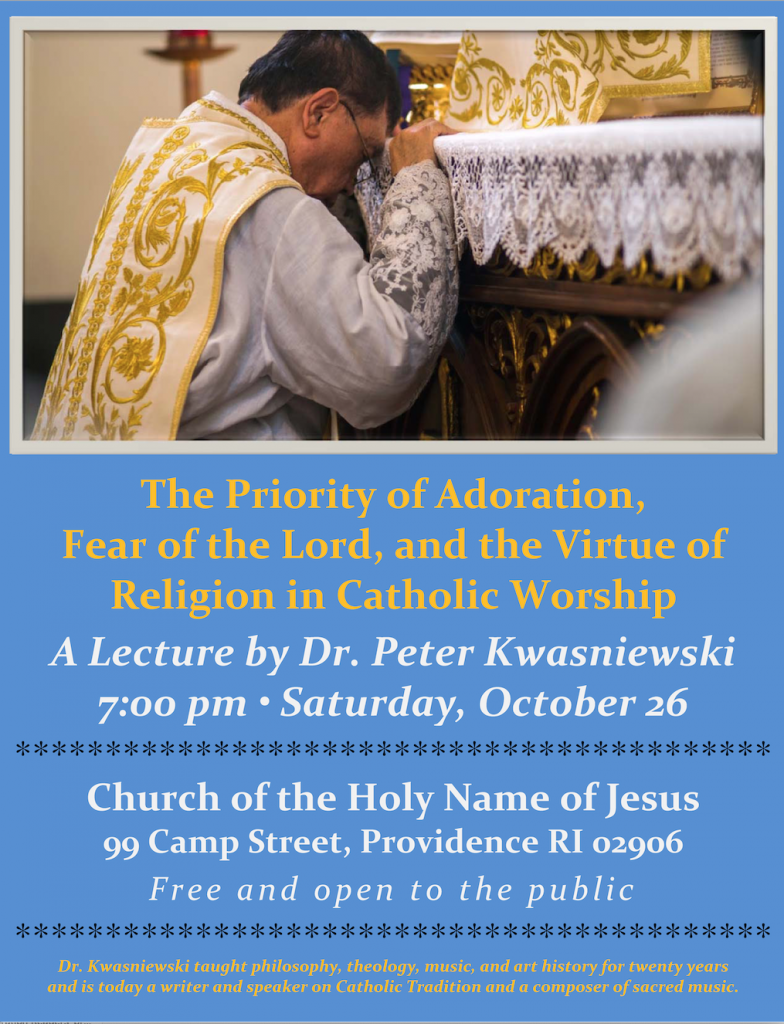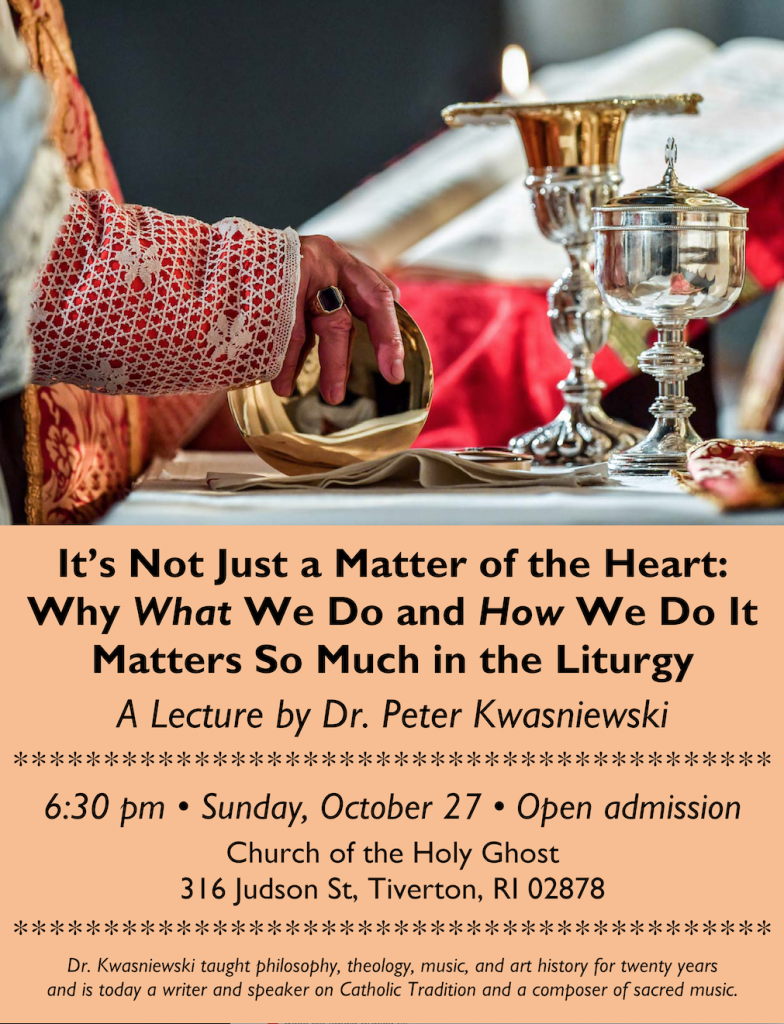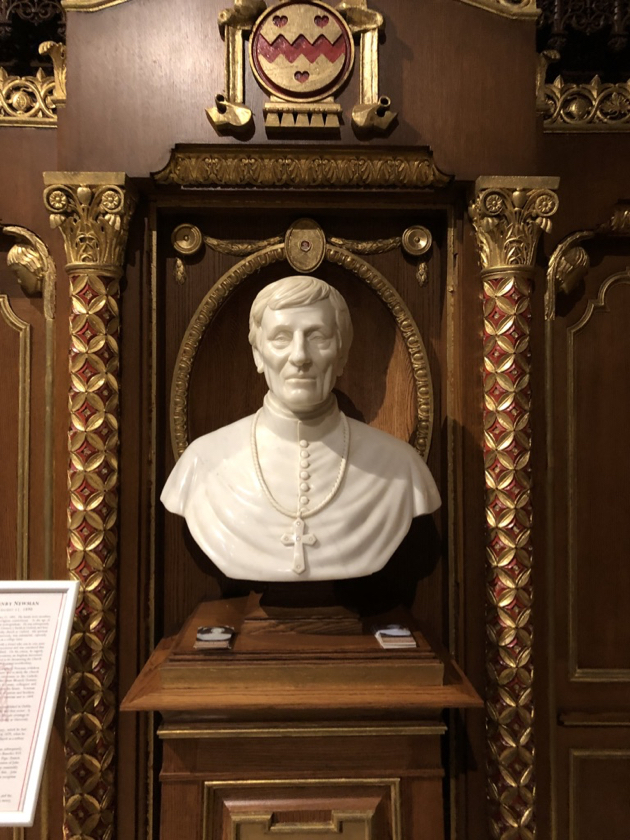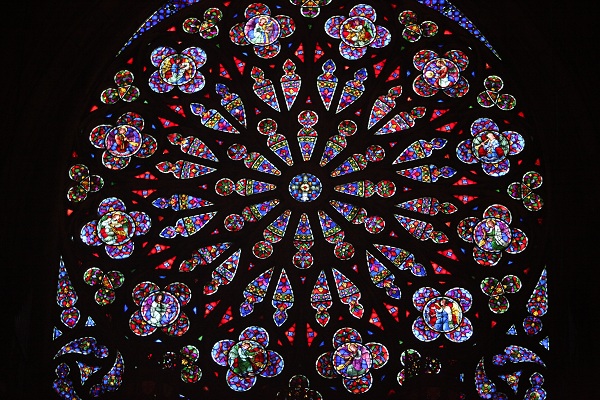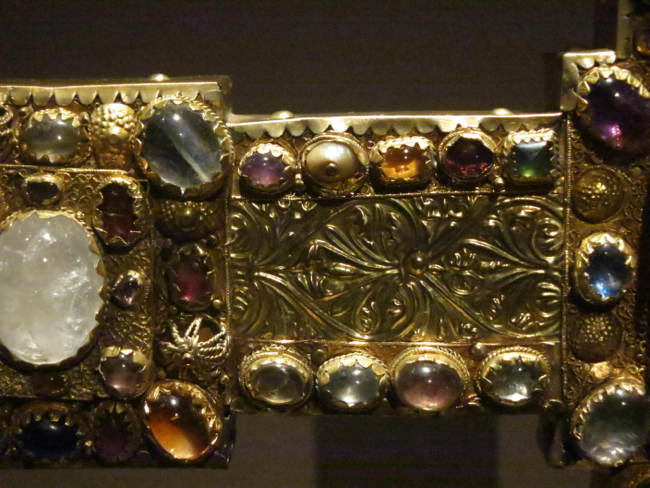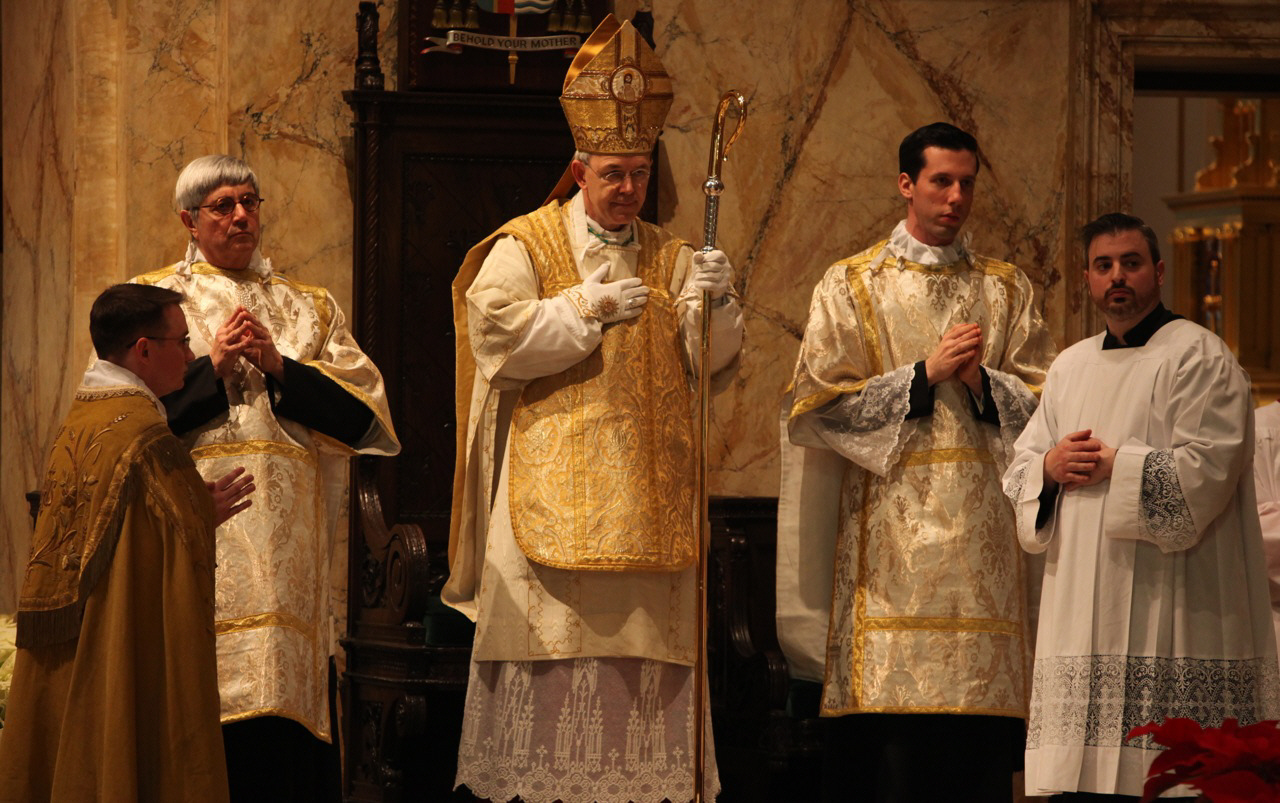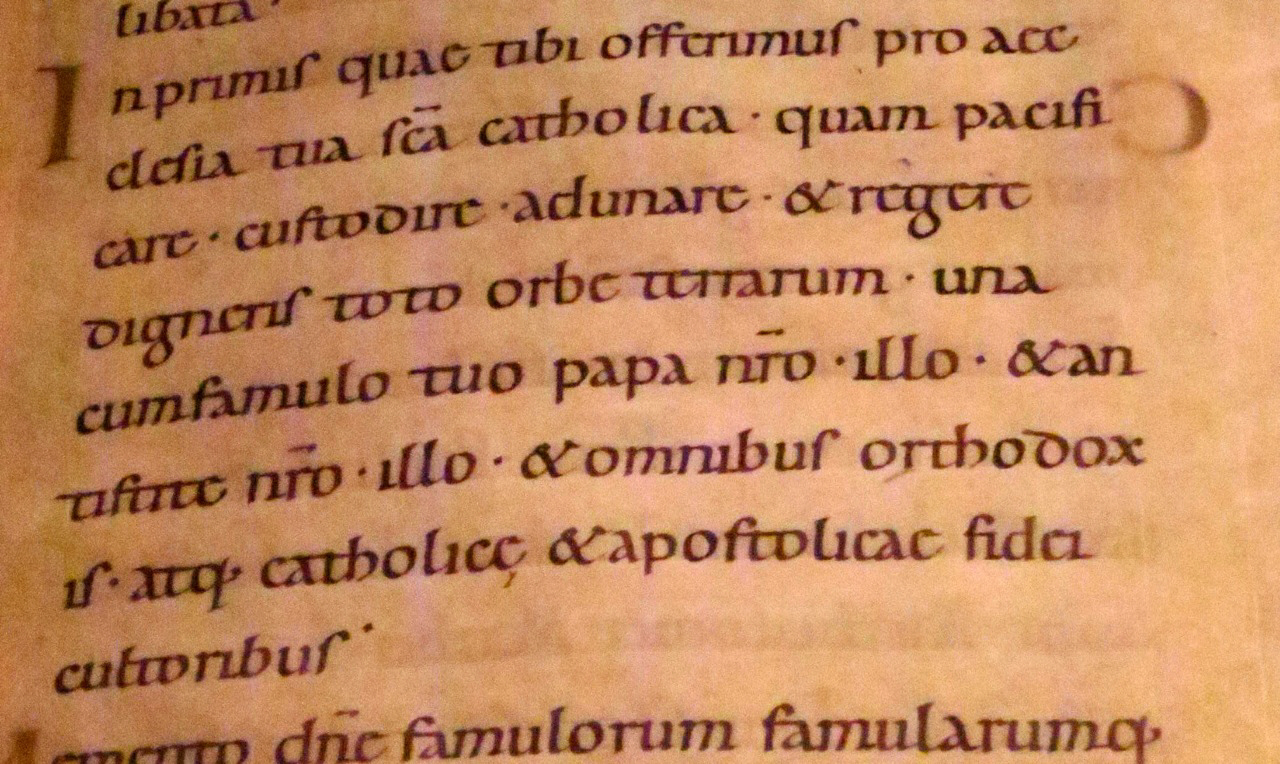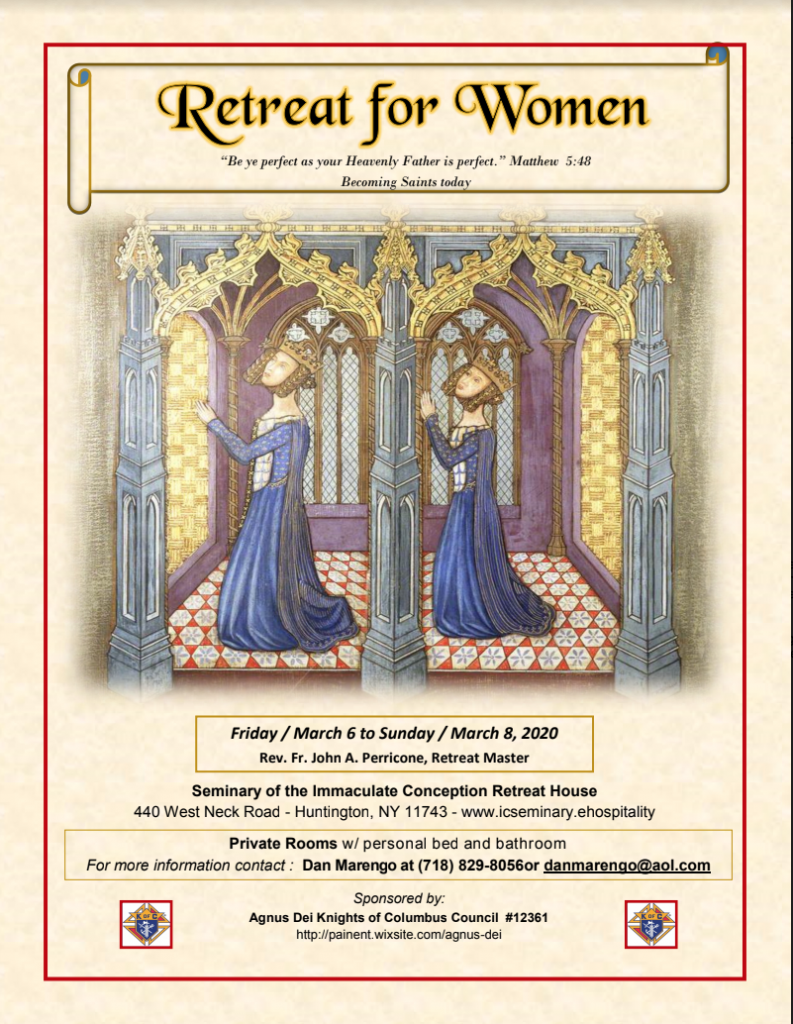
The annual Women’s Retreat with Fr. Perricone is scheduled for the weekend of March 6 – 8, 2020.
The retreat is being organized by Dan Marengo. He writes:
“I am will be sending out retreat reservation requests after the first of the year, so no need to reserve a spot at this time. However, so I get a feel as to how many are interested, can you let me know. I currently reserved 60 rooms. If I see a greater interest than 60, I will try and reserve more rooms.
“The retreat house offers two options: Private rooms or Day-trippers. Day-trippers are for those who would like to drive in daily, not reserving a room. I will be able to accommodate a number of day-trippers. The cost for a single room will be about $220 and for day-trippers about $100. I will lock down the prices when I email you after the first of the year. For now, it would be good to know which option you’d prefer.”
Contact Dan Marengo: danmarengo@aol.com

